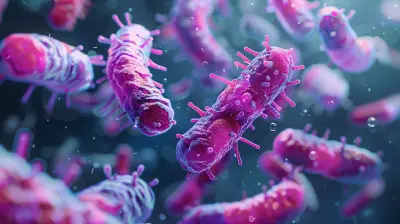The Role of Protein in the Keto Diet: How Much is Too Much?
31 August 2025
So, you've decided to jump on the keto bandwagon. Awesome! You’ve cut back on sugar, ditched the toast in the morning, and maybe even stocked up on avocados and coconut oil like a keto pro. But there’s still one thing that trips up even the savviest keto dieters: protein.
How much should you eat? Can you eat too much? And what's the real deal with protein and ketosis?
Let’s break it all down in simple terms. Grab your favorite low-carb snack and settle in—this is going to be a game-changer!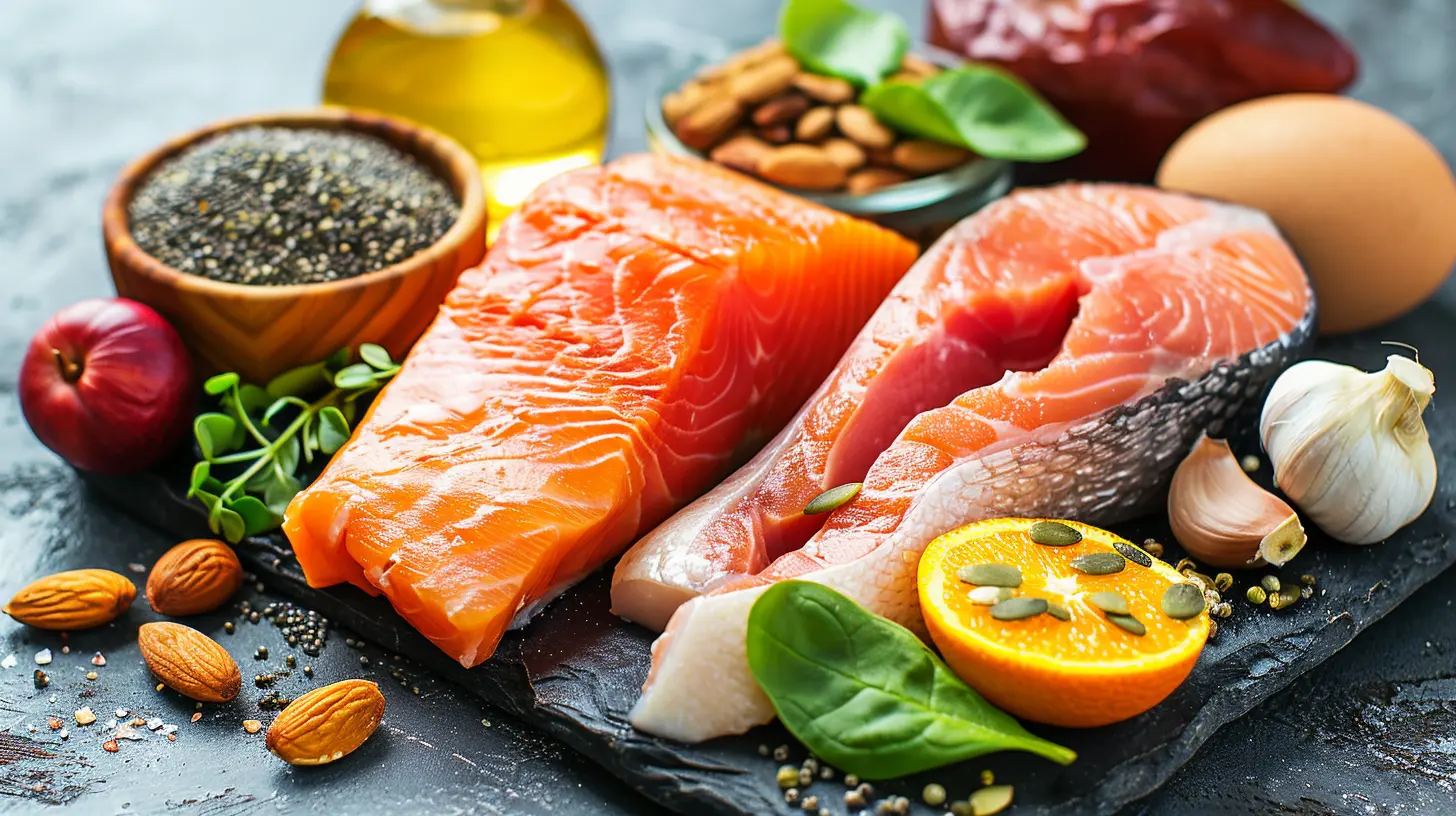
What Is the Keto Diet, Anyway?
Before we dive into protein’s role, let's do a quick refresher. The ketogenic (keto) diet is a low-carb, high-fat way of eating that flips the script on how your body usually gets energy.Normally, your body burns carbs (glucose) for fuel. But when carbs are scarce—like on keto—it switches to burning fat instead. This state is called ketosis, and it's the holy grail for keto fans.
To maintain ketosis, you're typically looking at:
- 70-75% of calories from fat
- 20-25% from protein
- 5-10% from carbs
Notice anything? Protein takes the middle seat. Not too much, not too little.
But why?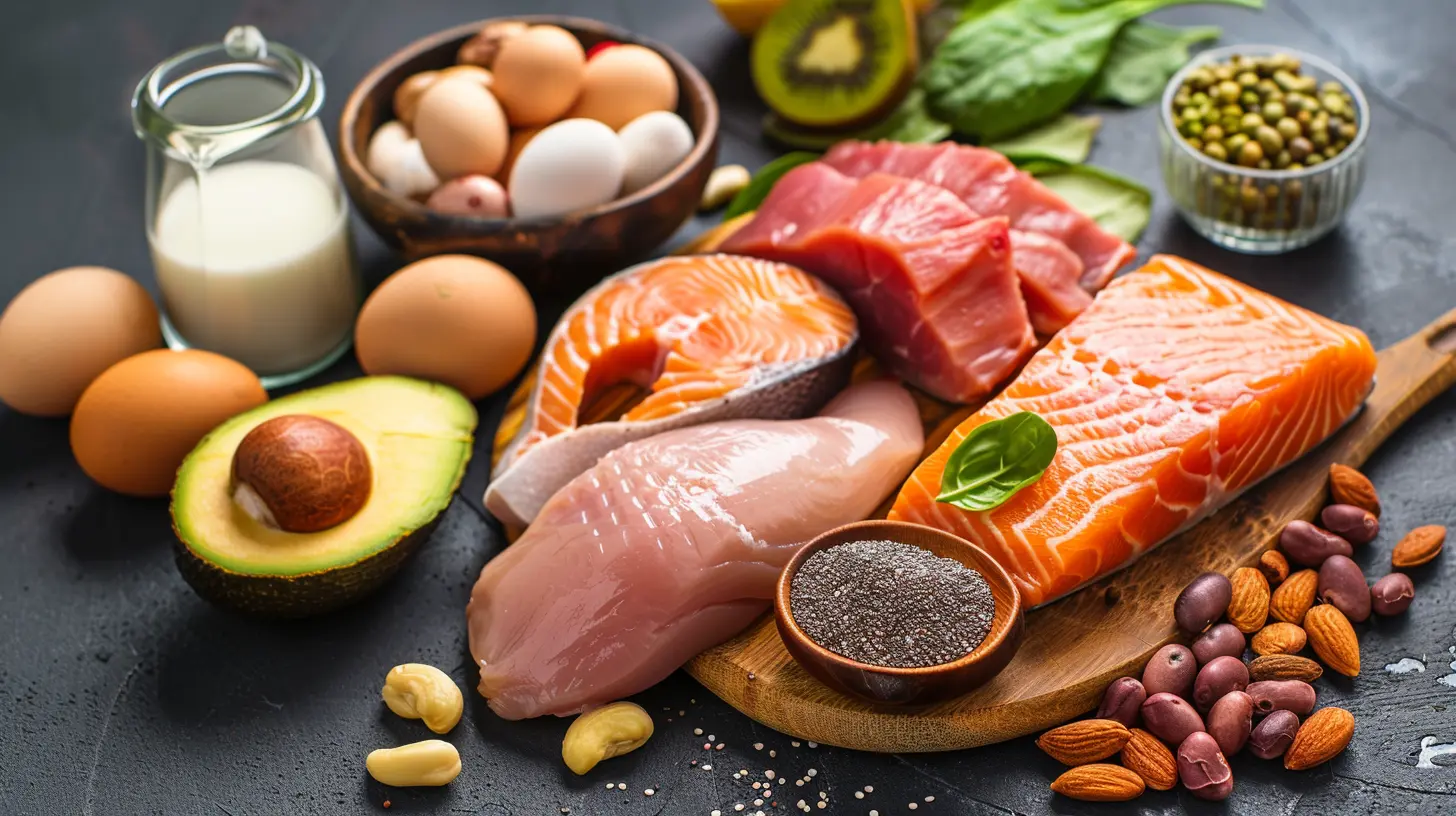
Why Protein Is Important on Keto
Let’s not demonize protein. It’s not the bad guy here. In fact, protein is essential—like, can’t-live-without-it essential.Here’s what protein does:
- Builds and repairs tissues (hello muscle gains)
- Produces enzymes and hormones
- Keeps skin, hair, and nails healthy
- Fights hunger and keeps you full
- Preserves lean muscle when you’re losing fat
Sounds pretty great, right? Absolutely.
But here’s where keto gets a little tricky: if you eat too much protein, your body can convert some of it into glucose through a process called gluconeogenesis.
Gluco-what now? Yeah, it’s a mouthful.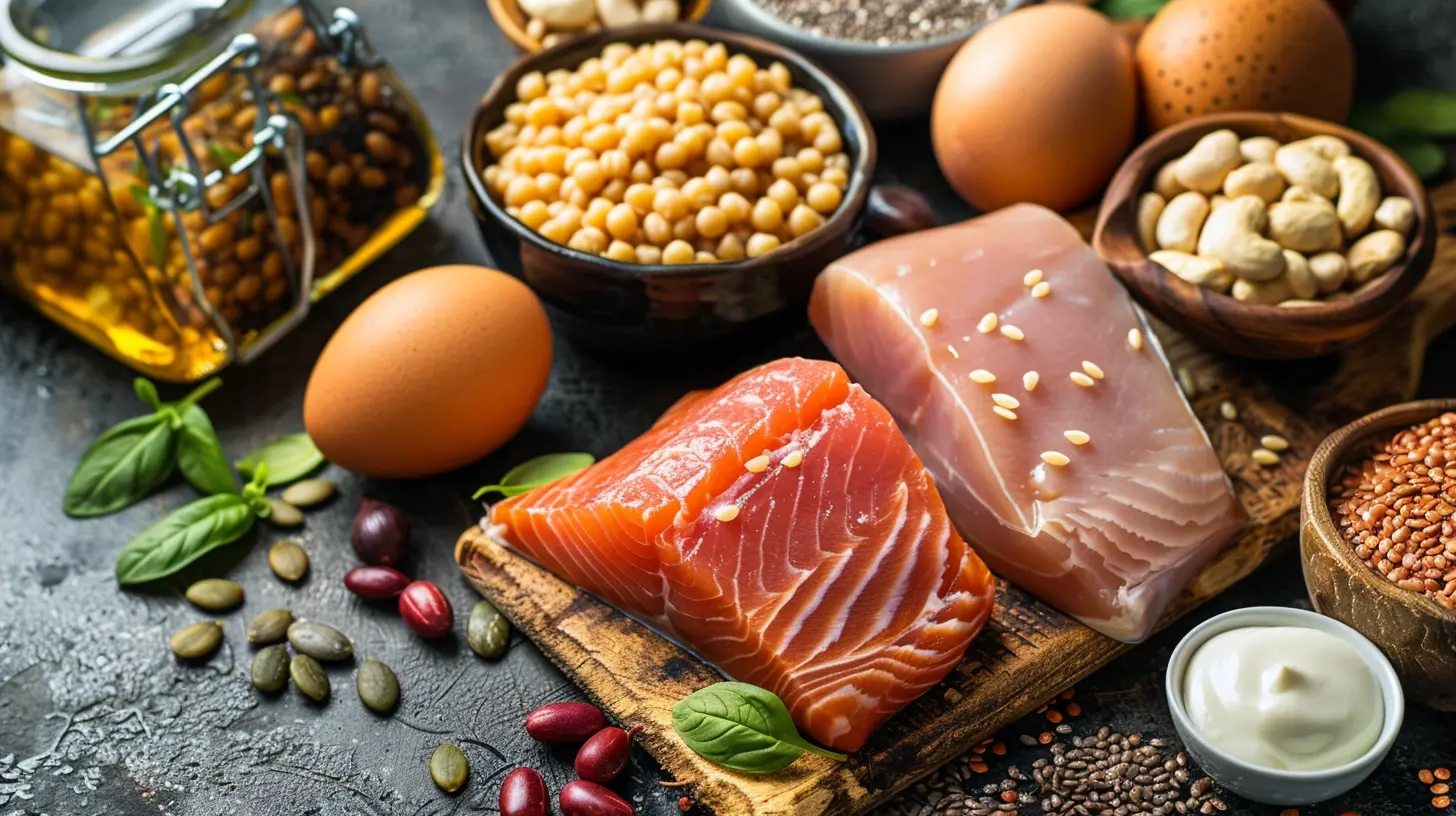
Gluconeogenesis: The Keto Buzzkill?
Okay, don’t freak out. Gluconeogenesis (GNG)—it’s just your body’s way of making glucose from non-carb sources like protein.On a regular diet, this is helpful. But on keto?
Too much GNG can bump up your blood sugar levels, knocking you out of ketosis. Essentially, your body could treat excess protein like a sneaky carb.
Now, GNG in itself isn’t evil. Your body needs a little glucose to function—like for your brain and red blood cells. But if you’re downing protein shakes like they’re water, you might be doing more harm than good.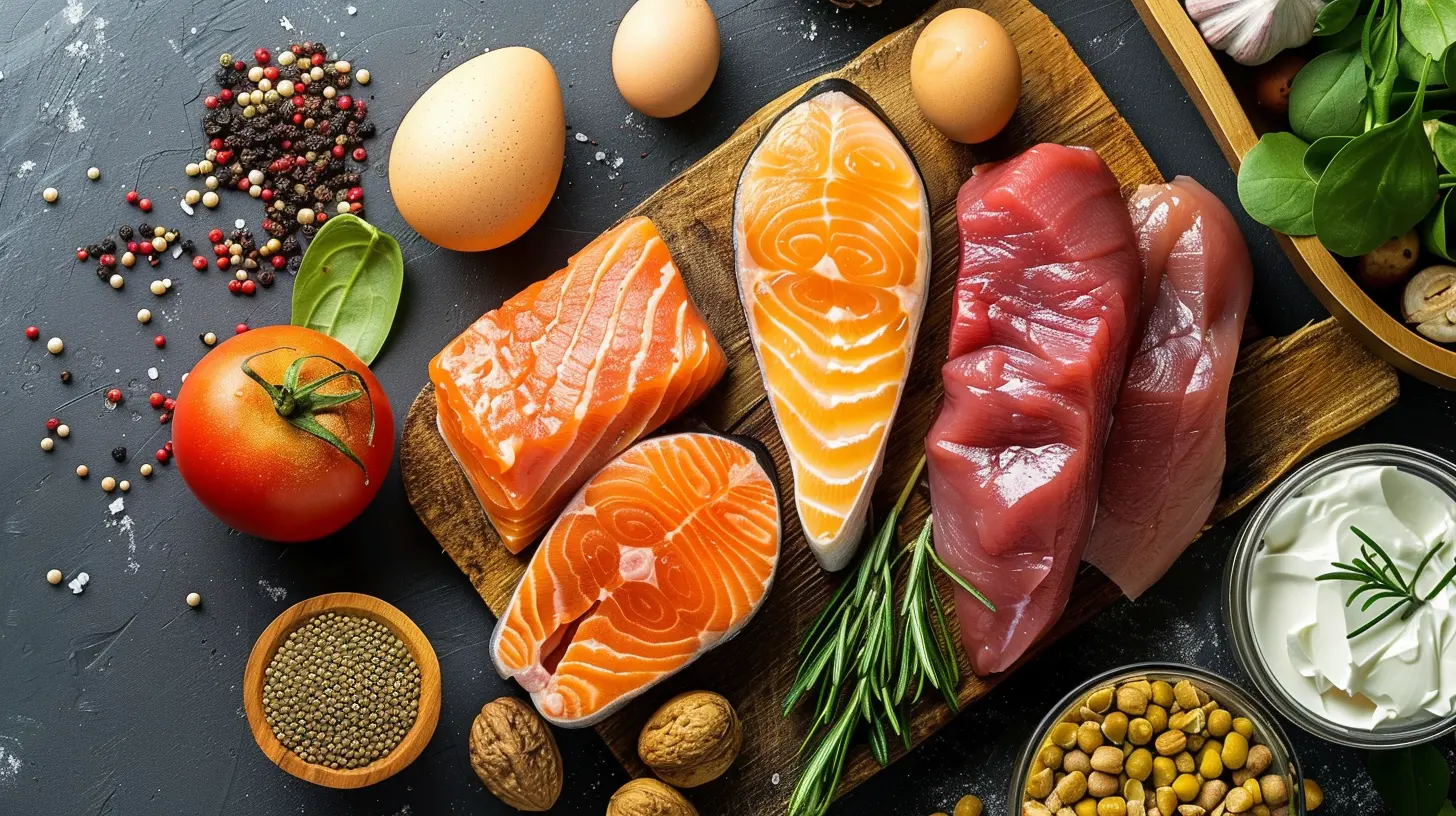
So…How Much Protein Is Too Much?
Here’s the million-dollar question.On keto, you don’t want high-protein—you want moderate-protein.
Let’s put it into numbers:
- For most people, 0.6 to 1.0 grams of protein per pound of lean body mass is the sweet spot.
Notice we said lean body mass, not just body weight. Why? Because fat doesn't need protein—your muscles do.
Let’s say you weigh 180 lbs with 25% body fat. That means your lean body mass is around 135 lbs. So, your protein intake should be somewhere between 81 and 135 grams per day.
Easy math. But remember: your needs may vary depending on your lifestyle.
Who Might Need More Protein?
Not everyone should be teetering on the lower end of the protein spectrum. If you:- Lift weights regularly
- Are super active
- Are trying to build or preserve muscle
- Are recovering from illness or injury
- Are older (muscle loss increases with age)
...then you probably need to aim toward the higher end of that protein range.
Think of protein like gas in your car. If you drive a lot, you need more gas. If you're parked most days, not so much.
What Happens If You Eat Too Much Protein on Keto?
There’s a fine balance here. Too much protein can:- Spike insulin (just like sugar can)
- Reduce ketone production
- Kick you out of ketosis
- Hinder fat loss
- Cause digestive issues
But don’t panic if you go over your protein goal one day. Keto isn’t a pass/fail test—it’s a pattern over time.
That being said, consistently eating too much protein can stall your progress. So if your weight loss has plateaued or you’re not feeling those sweet keto benefits, protein might be the culprit.
Signs You're Eating Too Much Protein
Wondering if you’ve crossed the line? Here are a few red flags:- You're not in ketosis (check with ketone strips or a meter)
- You feel bloated or gassy after meals
- Your weight loss has stalled
- You’re constantly thirsty (a sign of higher glucose levels)
- You’re oddly tired or foggy
If this hits home, it might be time to reevaluate your macros.
The Best Keto-Friendly Protein Sources
Not all proteins are created equal—especially on keto. Some come with hidden carbs, while others are pure, clean fuel.Here are your top choices:
- Fatty cuts of meat (ribeye, pork belly, chicken thighs)
- Eggs (and yes, eat the yolk!)
- Salmon, sardines, and mackerel
- Ground beef (80/20 or fattier)
- Organ meats (liver and heart are nutrient powerhouses)
- Full-fat dairy (cheese, Greek yogurt – watch the carbs)
- Collagen peptides or bone broth
- Shellfish (shrimp, crab, mussels—but watch carbs)
Keep it real. Think whole foods over packaged protein bars.
What About Protein Powders?
Let’s be honest—most of us aren’t always up for cooking a juicy steak. Enter: protein powders.If you’re going to use a shake, look for:
- Zero or very low-carb options
- No added sugar or artificial sweeteners
- Whey isolate, collagen peptides, or egg white protein
But remember, shakes should supplement, not replace, real food. Think of them as Plan B.
Tips to Balance Protein on Your Keto Diet
Okay, let's get practical. Here’s how you can keep your protein in check without turning your diet into a science experiment:1. Track Your Macros
Use an app like MyFitnessPal or Carb Manager to log your meals. It’s eye-opening to see how fast protein adds up.2. Don’t Fear Fat
Fat is your friend on keto. If your protein is too high, you’re probably not eating enough fat. Add some avocado, olive oil, or grass-fed butter to round things out.3. Prioritize Nutrient-Dense Foods
Choose quality over quantity. A small serving of liver packs more nutrients than a giant chicken breast.4. Listen to Your Body
You don’t need to be a machine. Some days you might feel hungrier (like after a workout), and that’s ok. Keto is flexible—more marathon than sprint.5. Test and Tweak
Use ketone strips or a monitor to check your ketosis level, especially if your results have stalled. Sometimes a minor tweak makes a big difference.The Bottom Line
Protein is like the middle child of the keto diet—often misunderstood, sometimes neglected, but totally crucial. Get it right, and you’re cruising in fat-burning mode. Mess it up, and you might stall, get kicked out of ketosis, and feel like you're spinning your wheels.Remember: keto isn’t about stuffing yourself with bacon and cheese 24/7 (although, hey, that doesn’t sound terrible). It’s about balance, awareness, and fueling your body the right way.
Moderate protein. High fat. Low carbs. That’s the magic formula.
So next time you prep your meals or reach for that extra scoop of protein powder, think twice. Your body (and your keto goals) will thank you.
all images in this post were generated using AI tools
Category:
Keto DietAuthor:

Eileen Wood
Discussion
rate this article
1 comments
Renee McQuaid
Great article! Understanding protein intake is crucial for a successful keto journey. Balance is key—listen to your body’s needs.
September 22, 2025 at 4:07 PM

Eileen Wood
Thank you! Absolutely, balancing protein intake and listening to your body are essential for optimizing the keto experience.

